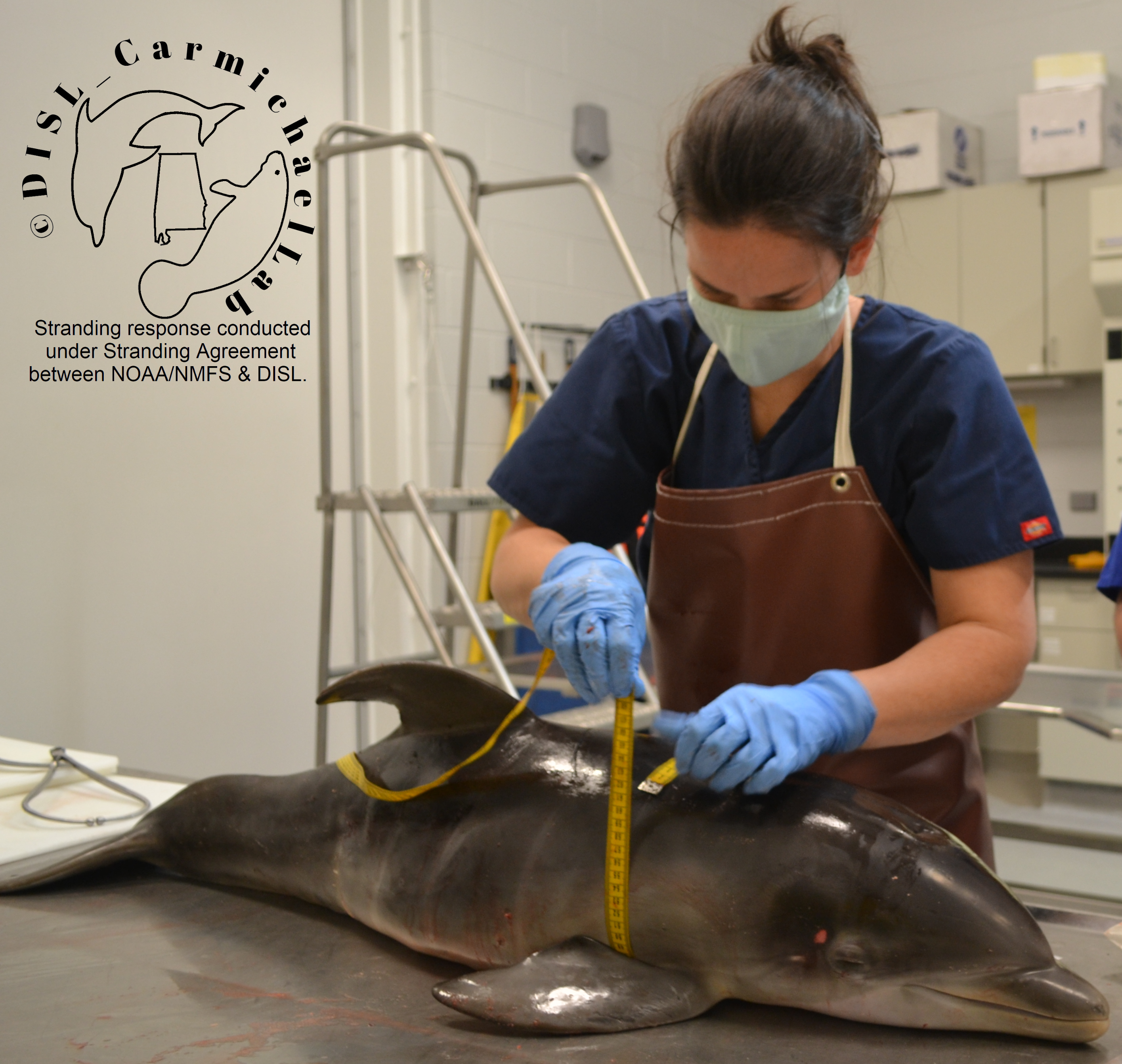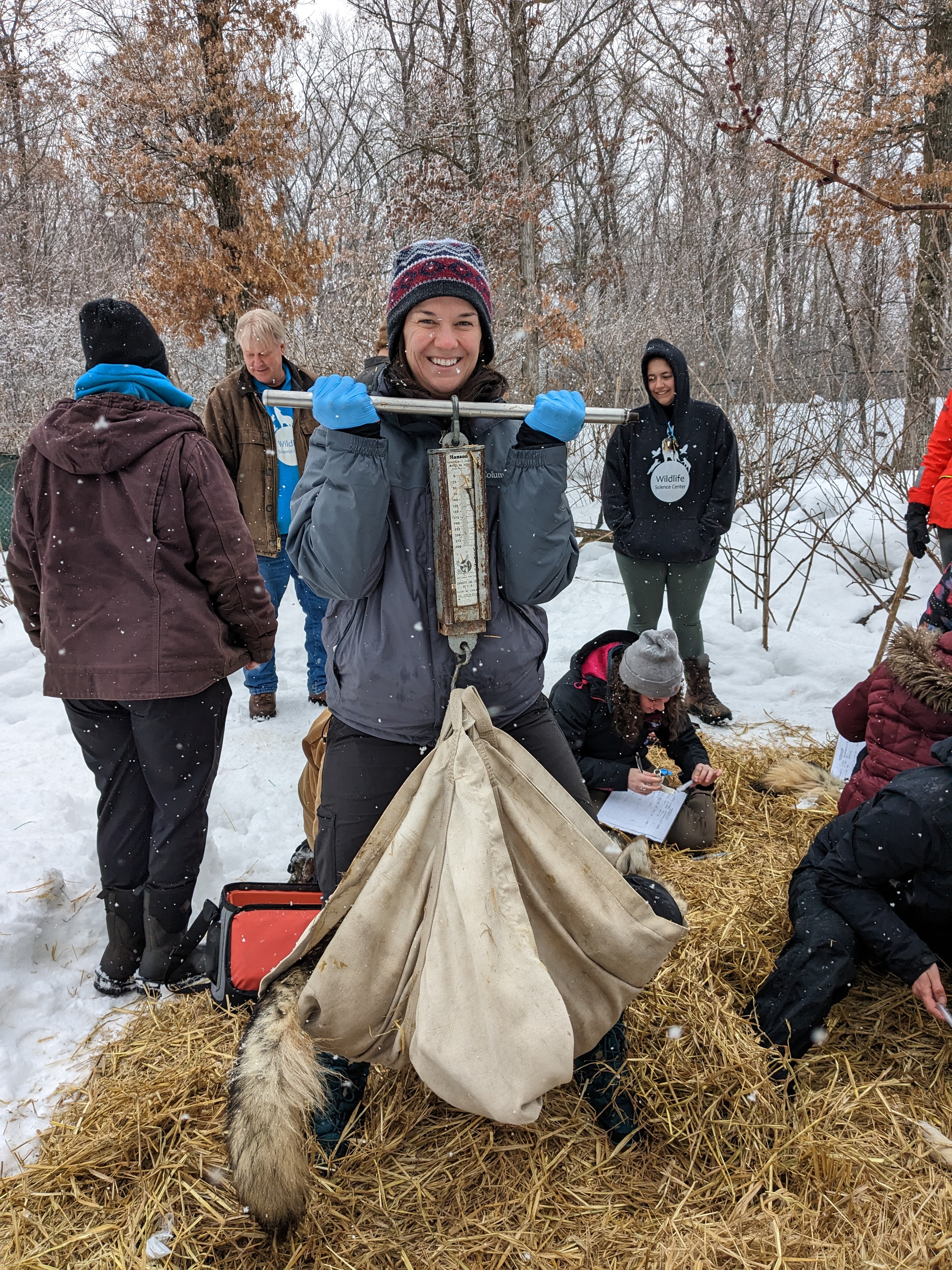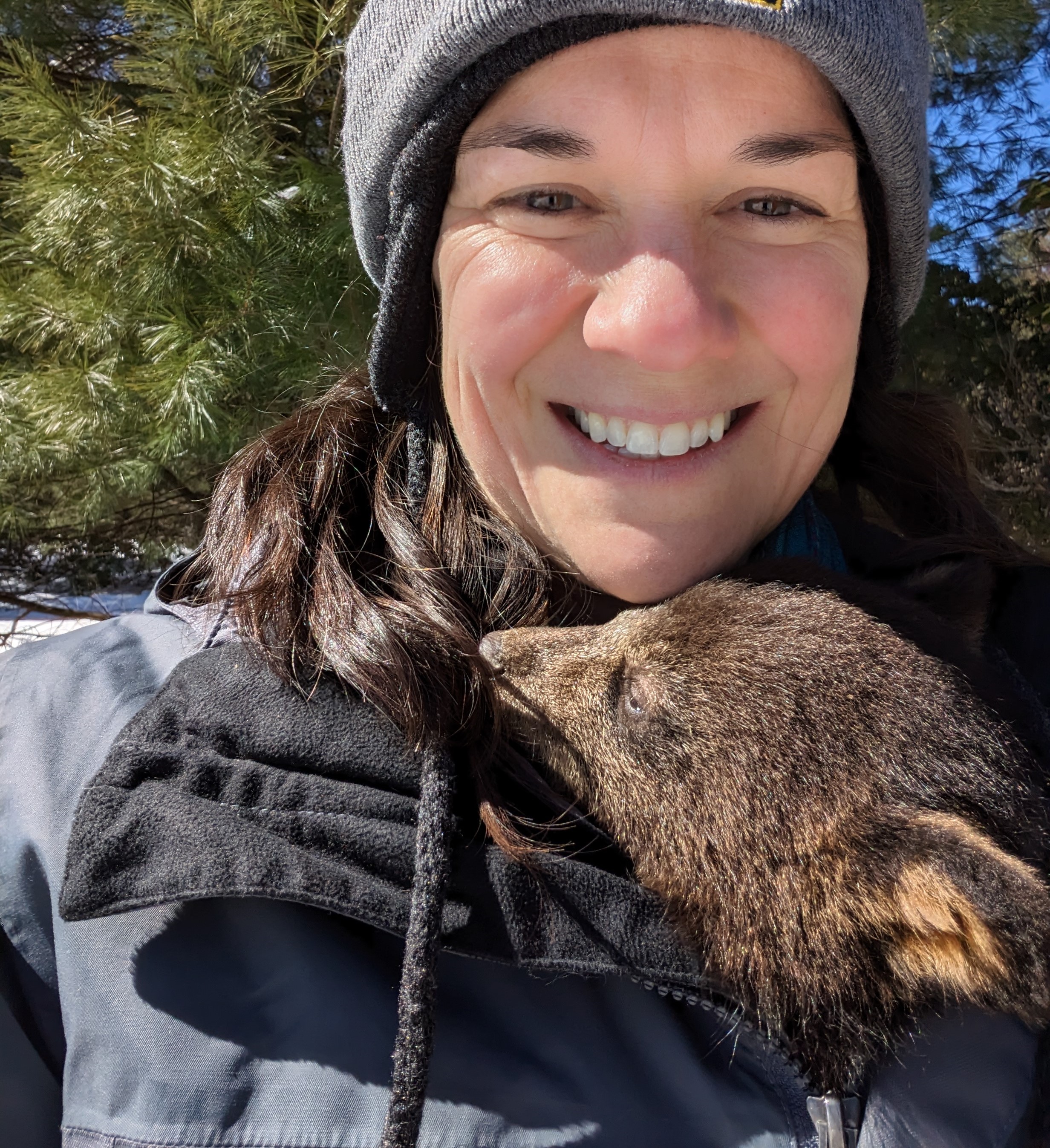Faculty Profile: Dr. Jennifer Bloodgood, Wildlife Veterinarian & Biologist
Have you ever wondered about the journeys taken by certain wildlife veterinarians to get to where they are today? Recently, I had the privilege of chatting with Dr. Jennifer Bloodgood over coffee to delve into this very topic.
In November 2022, Dr. Bloodgood started her role as an assistant professor of practice in the Department of Public and Ecosystem Health at the Cornell University College of Veterinary Medicine (CVM). She also serves as a wildlife veterinarian at the Cornell Wildlife Health Lab, which runs the New York State Wildlife Health Program in partnership with the New York State Department of Environmental Conservation. In these dual roles, Dr. Bloodgood has a wide range of responsibilities, working on “anything and everything related to wildlife health in the state of New York.”
Since immersing herself into the CVM community over a year ago, Dr. Bloodgood has made such a positive impact, especially on students who dream of following in her footsteps. In writing this article, I hope to convey her inspirational journey to becoming a wildlife veterinarian.
Dr. Bloodgood began her career in veterinary medicine after obtaining both a bachelor’s and a master of science in wildlife and fisheries biology from Clemson University in South Carolina. After completing her master’s degree, she worked as a research technician at the University of Georgia, where she studied harmful algae management and avian vacuolar myelinopathy, a type of neurological disease believed to be associated with a cyanobacterial toxin that affects birds of prey, waterfowl and a range of other species. Her interests in wildlife health and disease led her to the Aquatic Epidemiology Lab at North Carolina State University, where she conducted research on endangered freshwater mussel species. In this role, she had the opportunity to snorkel in local creeks and learn how to manage and propagate endangered species.
Subsequently, Dr. Bloodgood was recruited to work as a veterinary assistant at the North Carolina Museum of Natural Sciences, where she assisted in the medical management, health care, and husbandry of hundreds of collection animals. During her time at the museum, she also developed and delivered educational programs for undergraduate students, interns, and volunteers. It was during this experience that Dr. Bloodgood discovered her love for veterinary medicine and passion for education.
Driven by this newfound passion, Dr. Bloodgood spent seven years at the University of Georgia completing a dual DVM-PhD degree. During her first semester of veterinary school, she completed her PhD in integrative conservation, which focuses on integrating natural and social sciences. For her dissertation, Dr. Bloodgood evaluated the nutritional status of rehabilitated green sea turtles at the Georgia Sea Turtle Center in comparison with wild populations in Florida. Her research found that feeding squid and fish to captive green sea turtles, as opposed to a vegetarian diet, was associated with obesity, fatty liver disease, high cholesterol, and an inverted calcium/phosphorus ratio. She concluded that feeding a vegetarian diet to rehabilitating green sea turtles is better for their health than feeding them seafood, which she refers to as “the mac and cheese of sea turtles.”
Upon graduating from the University of Georgia, Dr. Bloodgood found an opportunity to combine her passions for research and aquatic veterinary medicine as a research veterinarian at the Dauphin Island Sea Lab (DISL) in Alabama (the same place where she conducted her first dolphin necropsy!). At DISL, Dr. Bloodgood served as a network veterinarian, actively participating in live animal response and conducting necropsies on cetaceans and manatees with the Alabama Marine Mammal Stranding Network and Manatee Sighting Network (ALMMSN).
During this time, Dr. Bloodgood collaborated with the ALMMSN team to study the impacts of freshwater on bottlenose dolphins entering Mobile Bay, a nearby estuary. They discovered that this was not an ideal environment for the dolphins, often leading to skin lesions and even death. The team also investigated the effects of cold stress on manatees in response to climate change. Manatees typically migrate from Alabama to Florida during cold months, but due to rising temperatures, they are staying around Alabama longer than they should, resulting in increased morbidity and mortality. Despite the substantial focus on necropsy and pathology in her role, Dr. Bloodgood takes pride in her work as a veterinarian at DISL, where she honed her skills and had the opportunity to work with some of the world’s most magnificent marine mammals, including a sperm whale—an experience she describes as life-changing.
Although Dr. Bloodgood was not actively seeking a new role at the time, when she came across a job posting at Cornell University, it resonated with her aspirations and she thought “it was me in a job description.” While she cherished her time working with marine mammals, Dr. Bloodgood was excited for the opportunity to once again practice as a generalist and work with birds, reptiles, and terrestrial mammals, in addition to marine mammals. She was also enthusiastic about the education role of the position, given her deep-seated passion for teaching students who share her commitment to advancing conservation and disease management through the lens of veterinary medicine.
In her current position, Dr. Bloodgood enjoys collaborating with interdisciplinary teams to address real-world challenges. Although my interaction with Dr. Bloodgood was brief, it was evident that she is thriving in her roles within the CVM and the New York State Wildlife Health Program. Her contagious passion for wildlife and conservation, coupled with her inspiring journey toward becoming a wildlife veterinarian, leave a lasting impression.
As we concluded our conversation, I asked what advice she has for students aspiring to pursue a similar career path. Her advice was simple yet profound: “Don’t be afraid to open the door.” Dr. Bloodgood encourages all her students to network, underscoring the importance of meeting colleagues by attending conferences and seeking externships. She also advises students to explore opportunities they may never have considered previously. For instance, Dr. Bloodgood embarked on her first job after veterinary school with limited knowledge of marine mammals, but her curiosity and open-mindedness paved the way to where she is today—and we are fortunate to have her with us at the CVM!
Written by Maison Scheuer, DVM ‘25
This story was adapted from the student-run Cornell WildLIFE blog.



